First to make all this K-Pop craze possible? 1st Gen K-Pop Idols
K-Pop is now reaching all over the world, idol stars becoming the main ambassadors of luxury brands, having birthday ads splashed on Time Square, hitting number one on Billboard charts. But who made all this possible in the first place? The history of K-Pop idols go way back, to the 1990s. Standing on year 2021, there are currently about four generations of K-Pop idols and first we’ll be talking about the 1st Gen - from the mid-1990s to the early 2000s.
 SBS.com.au
SBS.com.au
After the first-ever and the most successful boy band, Seo Taiji and Boys’ disbandment in 1996, the entertainment industry found the potential in K-Pop and pretty bands to target the younger generation. The wave of idol groups then started with H.O.T (years active: 1996 ~ 2001), the five-member boy band from SM entertainment. Since the moment of their debut, the popularity of this group was beyond any other. Recently, many groups co-exist together but back in the days, the whole country’s teens were all about this one group, that it was almost H.O.T or nothing. There was one incident where the government had to nationally ban school absences on the day of the group's concert, because more than half of the students in all schools called in sick on the day of H.O.T's first concert in 1998. H.O.T started the so-called 'Korean Wave' (Hallyu) by being the first band to open the international gates for the Chinese audience with their love concert in Beijing being an enormous winner. Their most famous hit songs include Warrior's Descendant, We are the Future, and the all-time mega-hit Candy. I think we can conclude by saying that one cannot EVER discuss K-Pop without saying “in the beginning, there was H.O.T.”
 HUFFPOST
HUFFPOST
Under the monopoly of H.O.T, there was one other boy band that could dare be called their rival. Sechs Kies (years active: 1997 ~) was a six-member boy group of Daesung Entertainment (renamed DSP Entertainment in 1999), who now remains as a group of four in YG Entertainment. If you’re familiar with Korean TV shows, you might recognise the leader of Sechs Kies, Eun Ji-Won, from programs like the old season of 2 Days & 1 Night (KBS), or New Journey to the West (tvN). Although H.O.T’s monarchy was over the top, Sechs Kies’s popularity wasn’t comparable to any other. In the K-Drama that does a great job of representing the 1st Gen Idol period, Reply 1997, the main character Sung Shi-Won (Jung Eun-Ji) is a member of Club H.O.T (H.O.T’s fan club), who is always in a fight with the Yellow Kies (Sechs Kies’s fan club) members in her school 👉 you can watch the famous Golden Disk Awards fight between the two group’s fan clubs in Reply 1997, and see how fierce the rivalry was. Sechs Kies' hit songs would be Chivalry, The Way This Guy Lives, and Couple, which they also remastered in 2016.
 Weheartit
Weheartit
Well does that mean there were only boy bands dominating the industry at the time? No way, because no girl groups out now could ever beat the girl groups back then. S.E.S (years active: 1997 ~ 2002), a three-member girl group from SM Entertainment was one of the two biggest female idol groups at the time. S.E.S was the first to actualise the idea of female idol groups, a.k.a “girl groups”. Their most noted songs include I’m Your Girl, Dreams Come True, and I Love You. The popularity of S.E.S was huge not only between boys but also between girls! The hairdos that these girls pulled off were on-trend for Korean teens for quite a while, especially BADA’s ponytail with white pom poms during S.E.S’s I’m Your Girl era - can see this on a Reply 1997 scene as well! (Psst, Eugene of S.E.S is one of the main leads in the K-Drama Penthouse mentioned in TMI Vol. 022 🤭)
 The Qoo
The Qoo
Fin.K.L (active years: 1998 ~ 2005) was the other pillar of the 1st Gen girl groups, a.k.a. the OG “fairies” of K-Pop. You could say that the K-Pop Idol group sector was a battle between SM Entertainment and Daesung Entertainment, because Fink.K.L too, was from Daesung. With their debut song Blue Rain, the group built a pure and fairy-like image that led to their major hits such as Eternal Love and To My Boyfriend. Fin.K.L was the fashion icon of the late 90s, starting the trend of arm and leg warmers and high ponytails, having teen girls to follow pretty much everything they wore. This so-called “fairy group” did a successful concept change to a more cool chic style with their third album title, NOW, becoming the first girl group to try the sexy and modern image. You might be familiar with Lee Hyo-Ri - the group’s leader who is still the top-tier sexy diva of the country, completely carried the TV show ‘Hang Out with Yoo’ (MBC) by producing and leading the show’s idol groups SSAK3 and Refund Girls.
If you watch this 1999 Dream Concert video, it’s pretty fascinating to see the idol groups that shook the country at the time all being in the same concert hall together. Of course, after these four major groups, there were other groups and solo artists that received tonnes of love as well, such as Shinhwa, g.o.d, Park Ji-Youn, Kim Min-Jong, etc. But if you ask anyone about the 1st Gen K-Pop Idols that made all this success of K-Pop possible, 10 out of 10 people will without doubt tell you, “H.O.T, Sechs Kies, S.E.S, and Fin.K.L.”











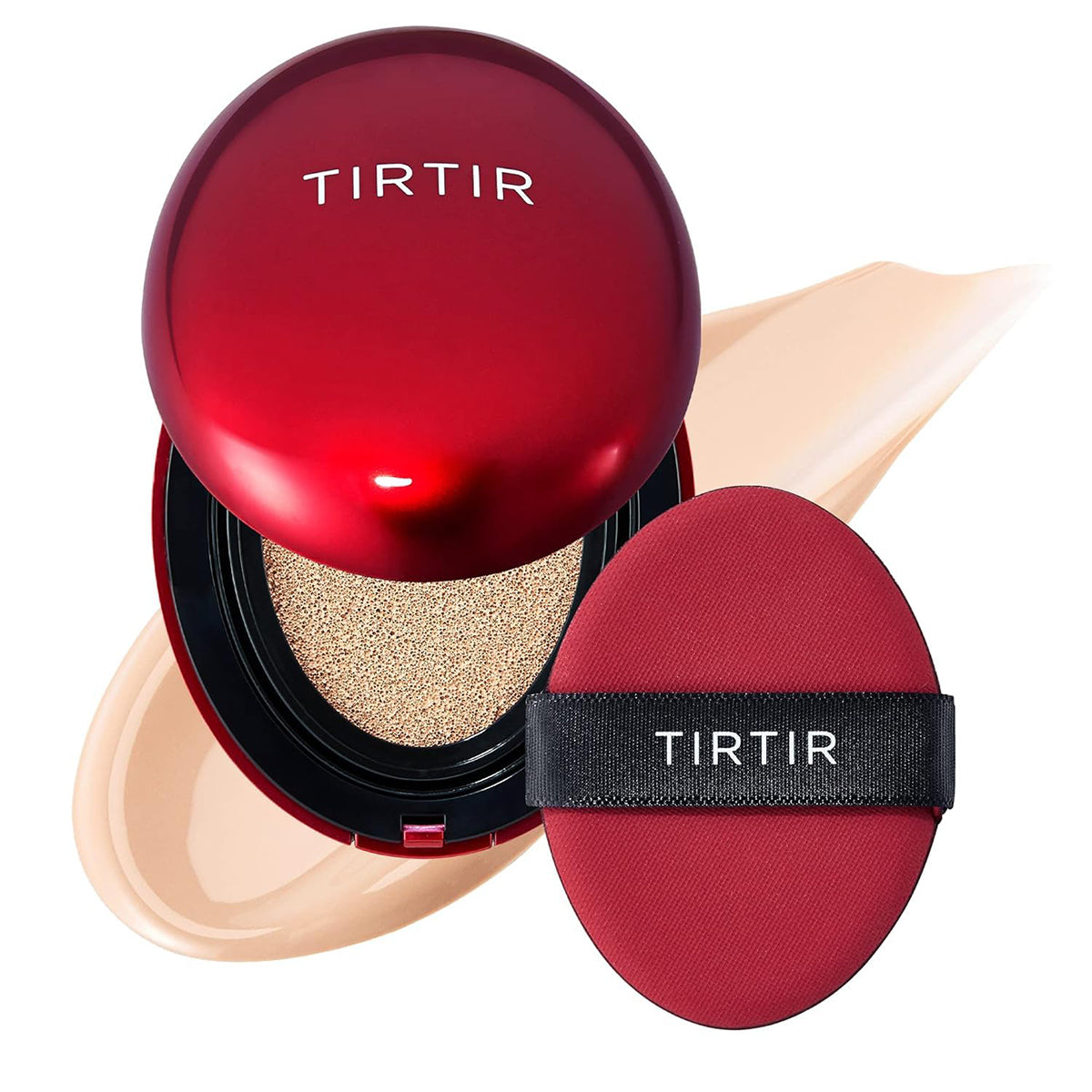


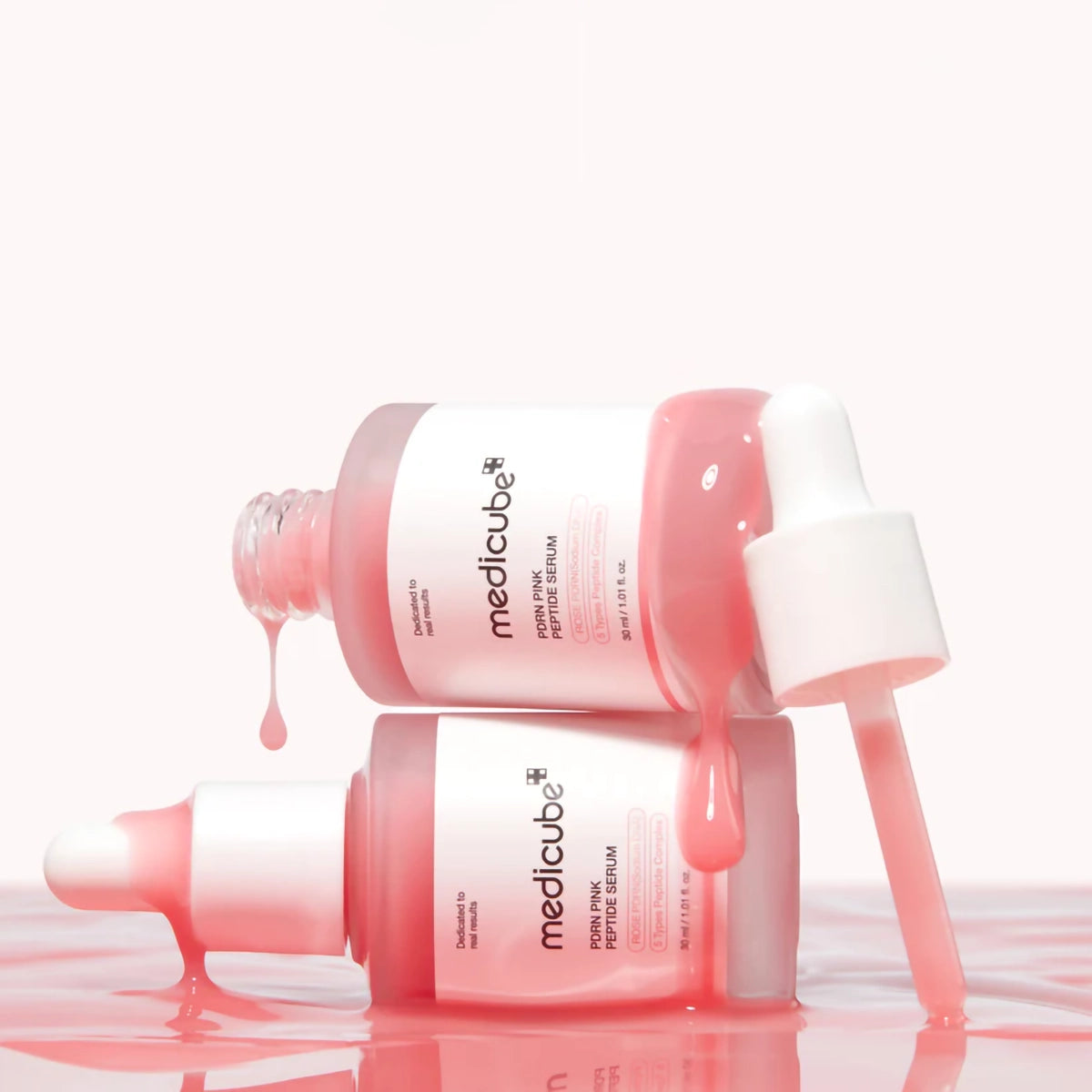
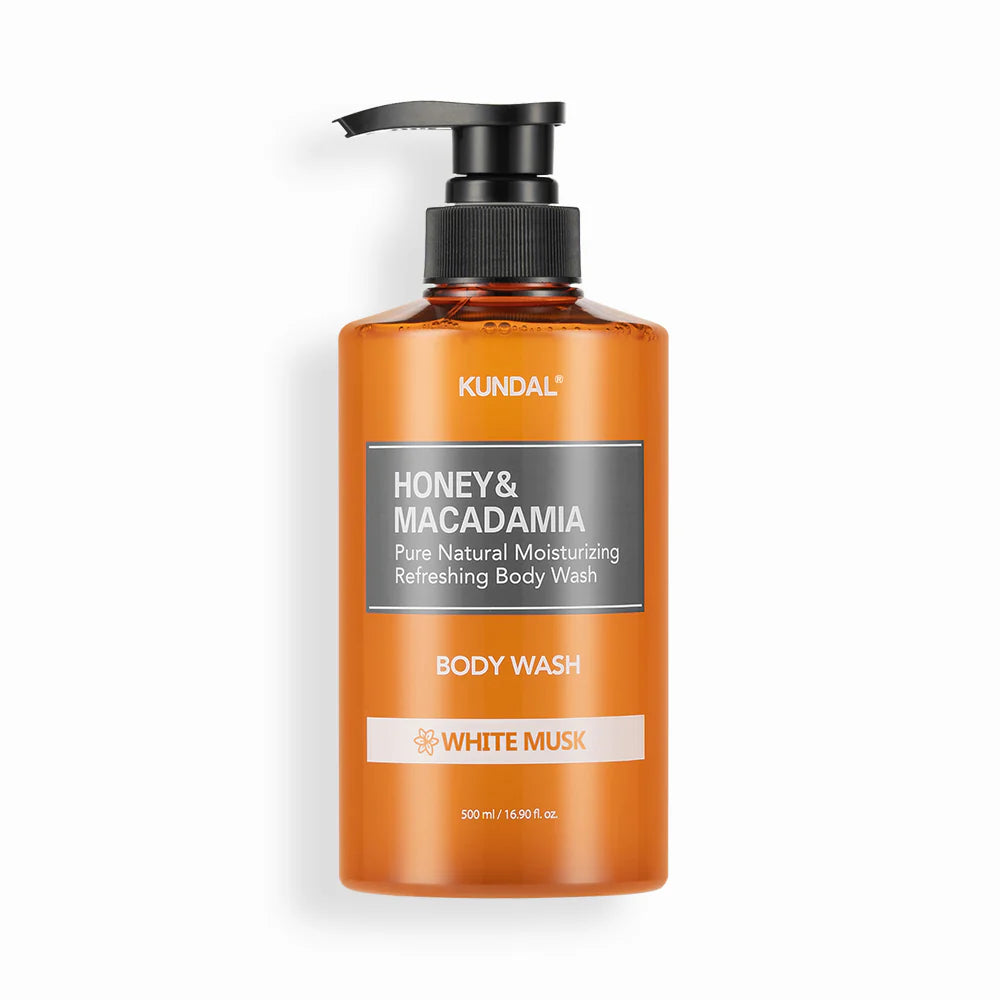
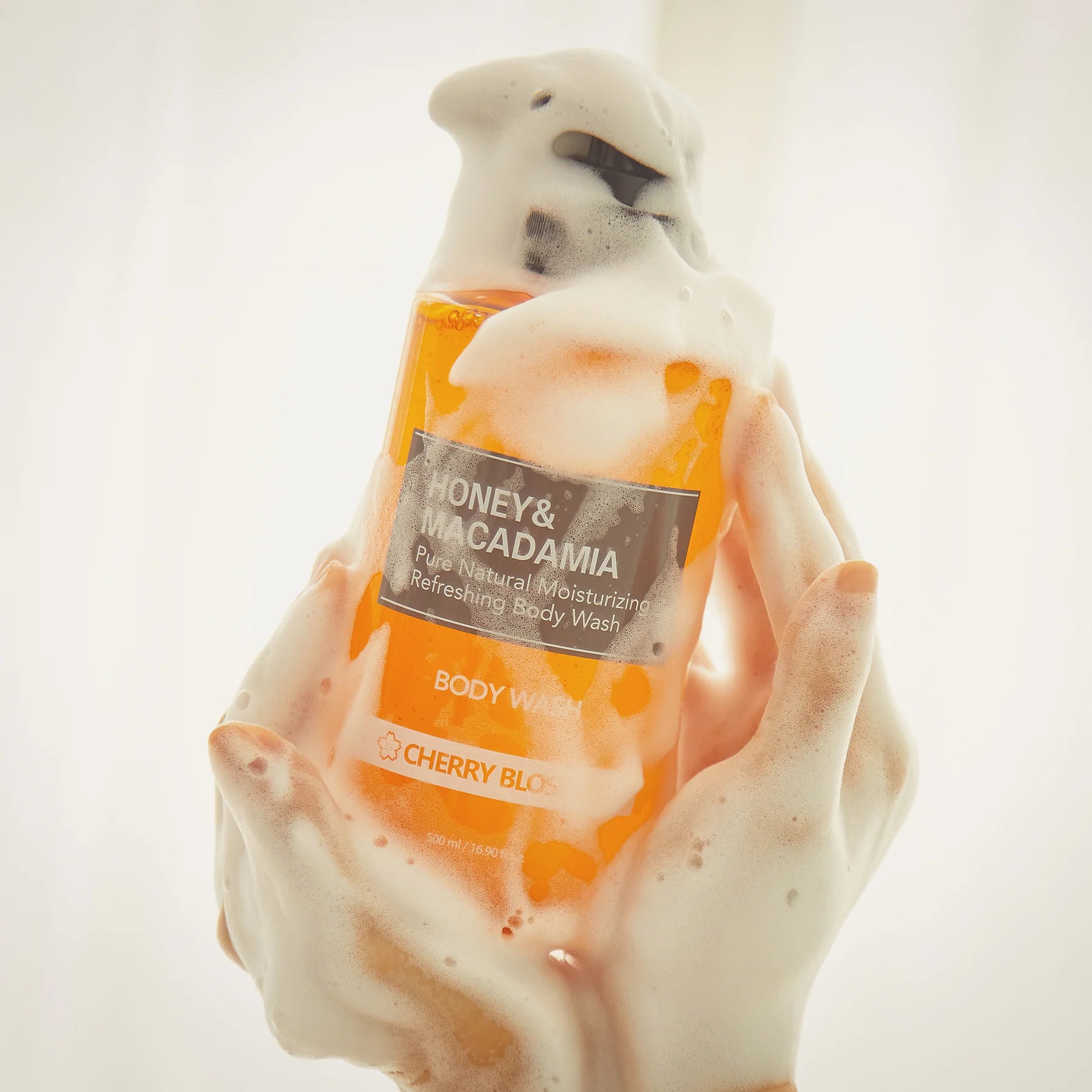
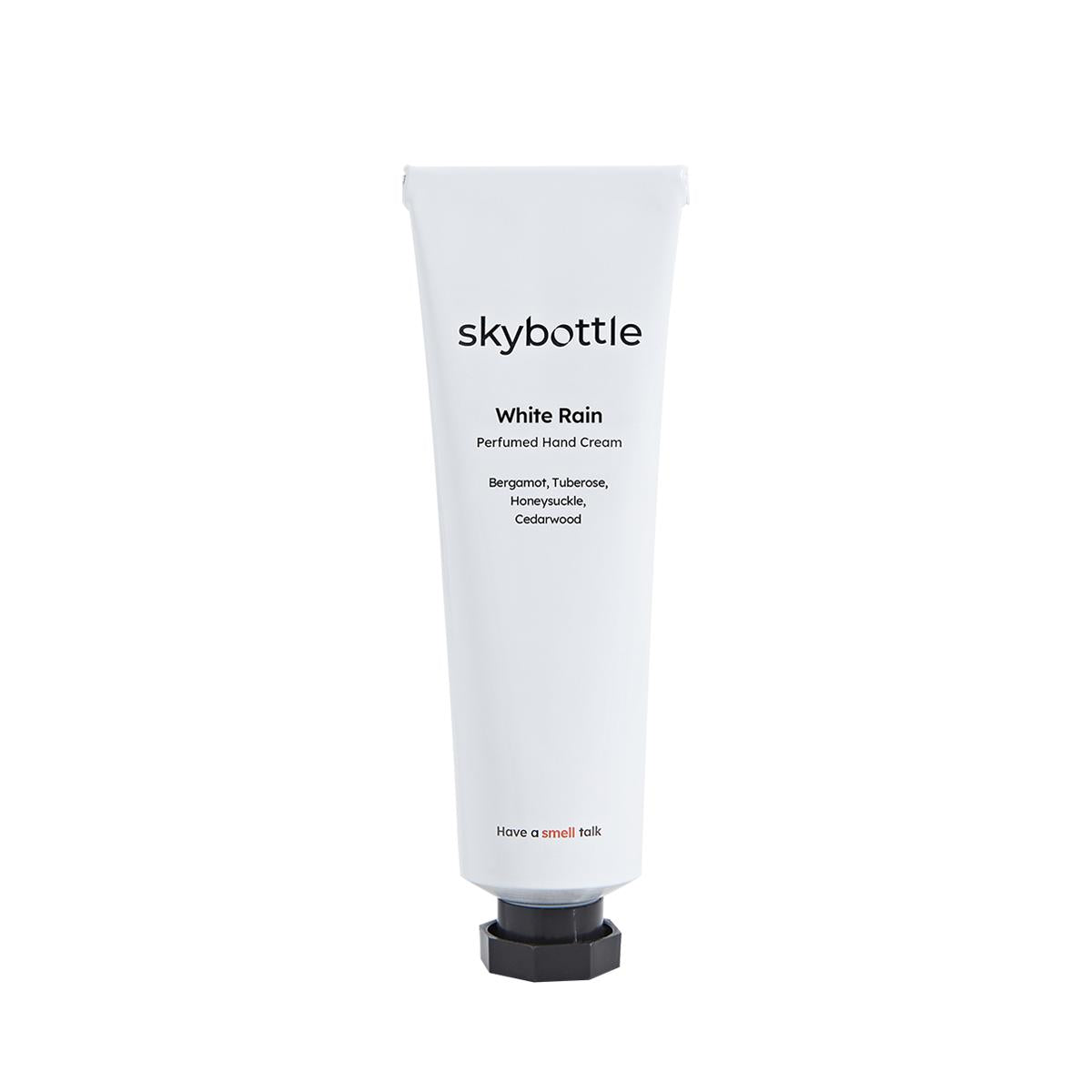

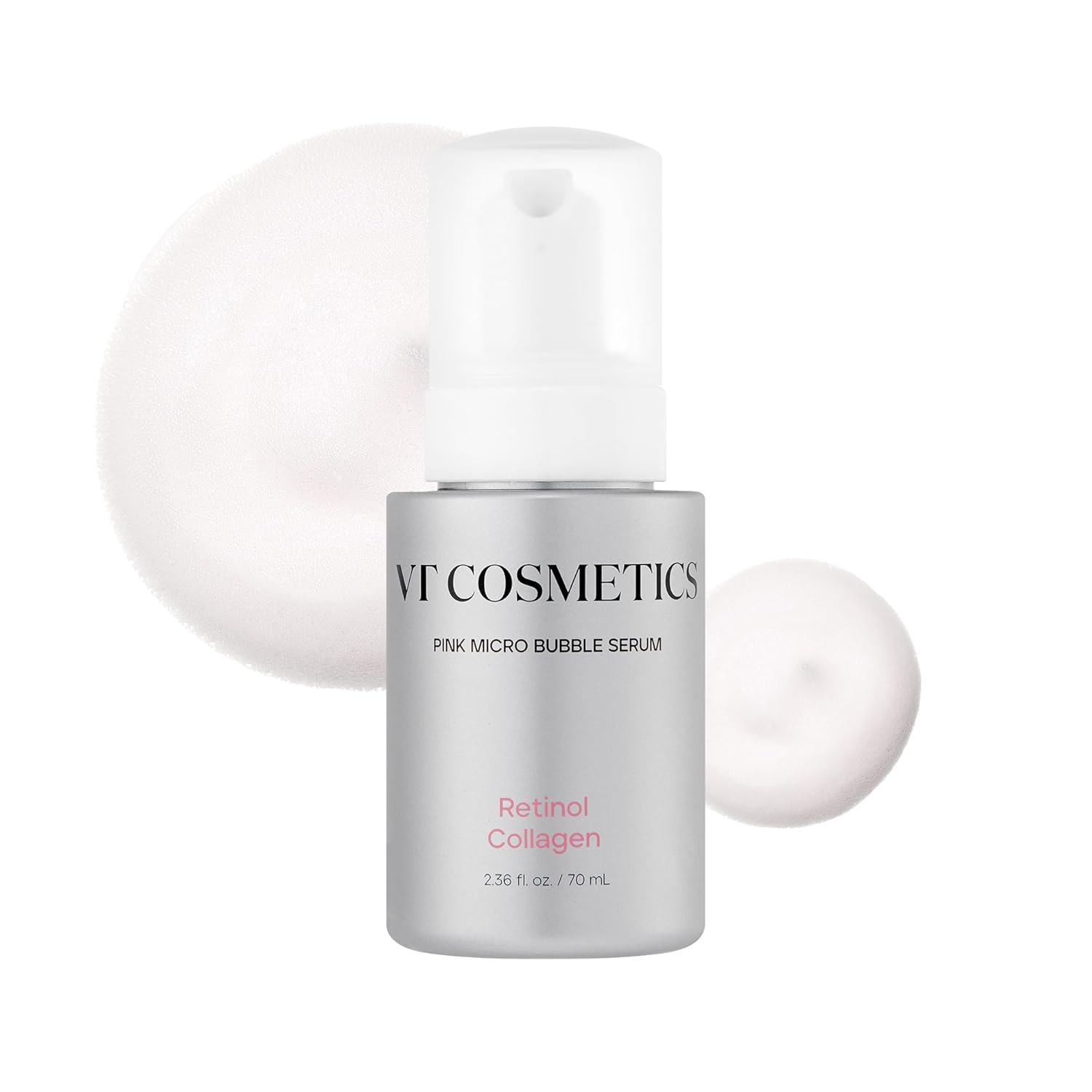

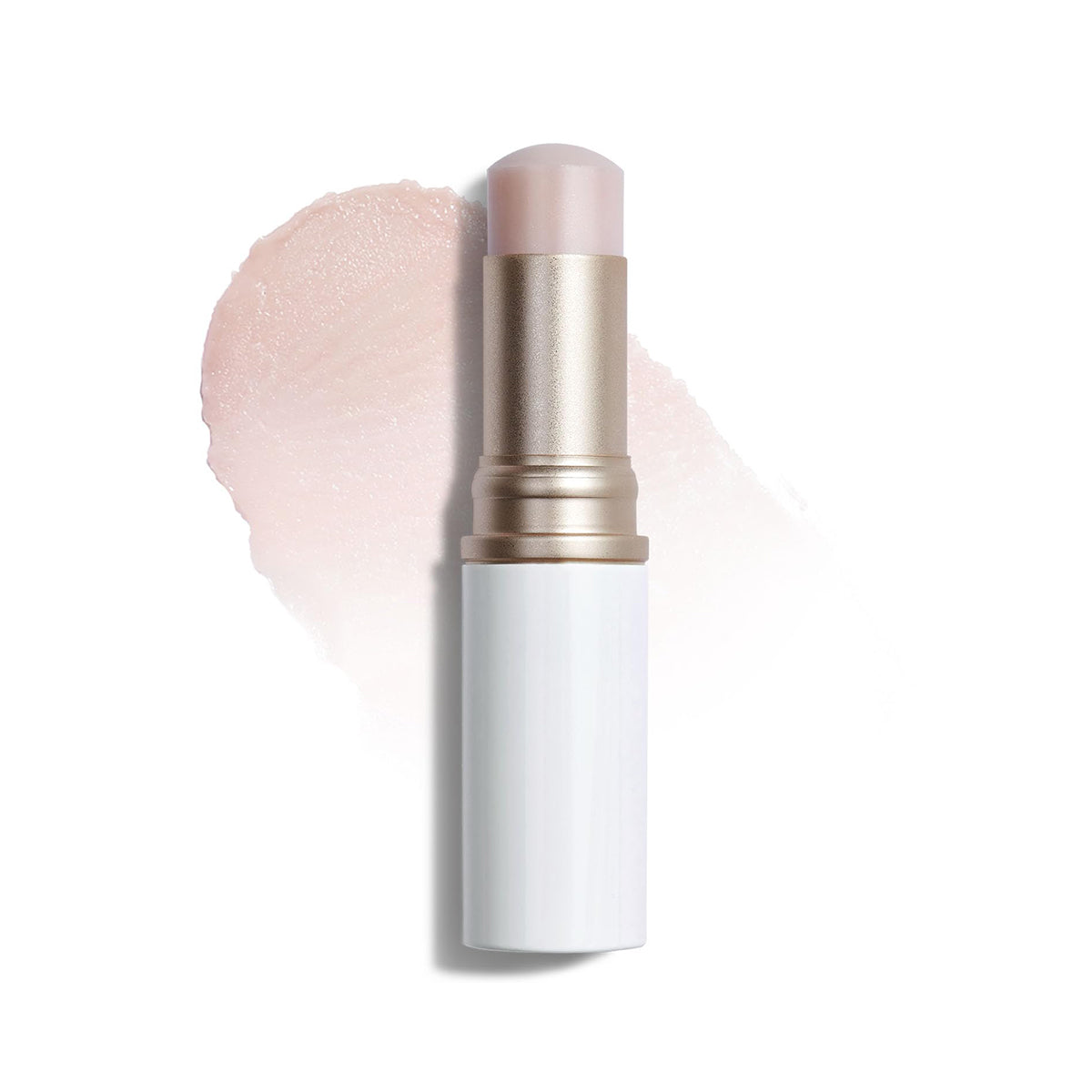

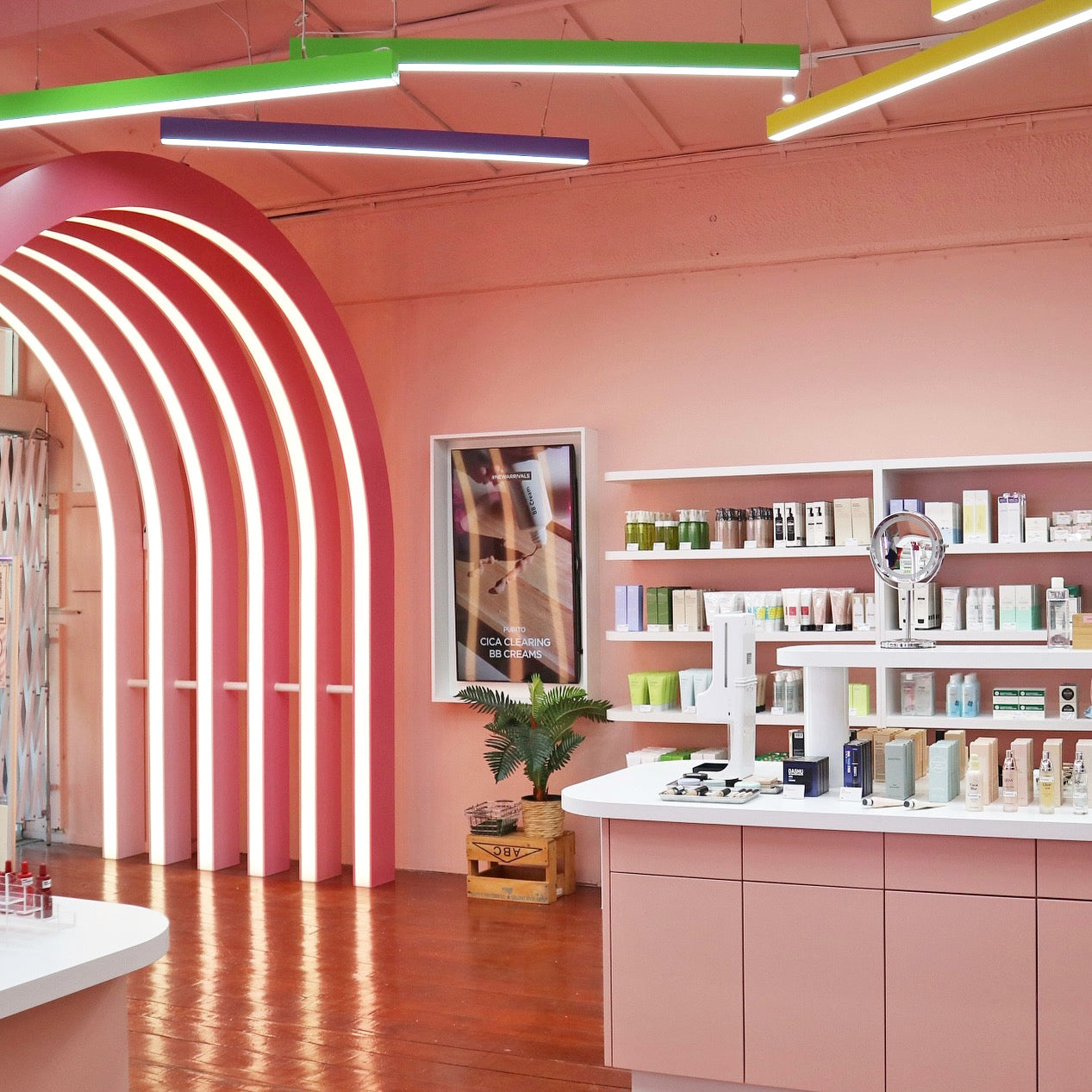
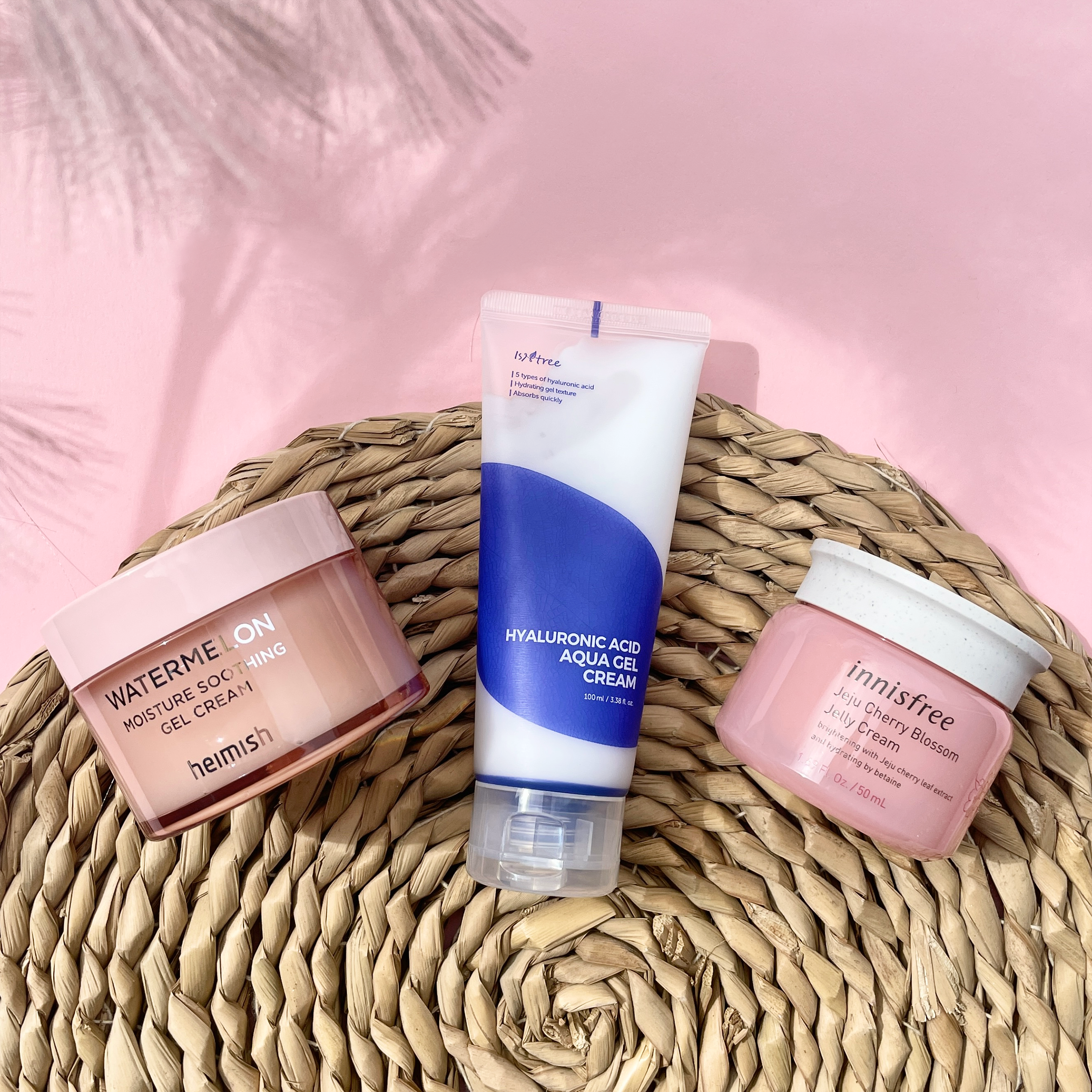

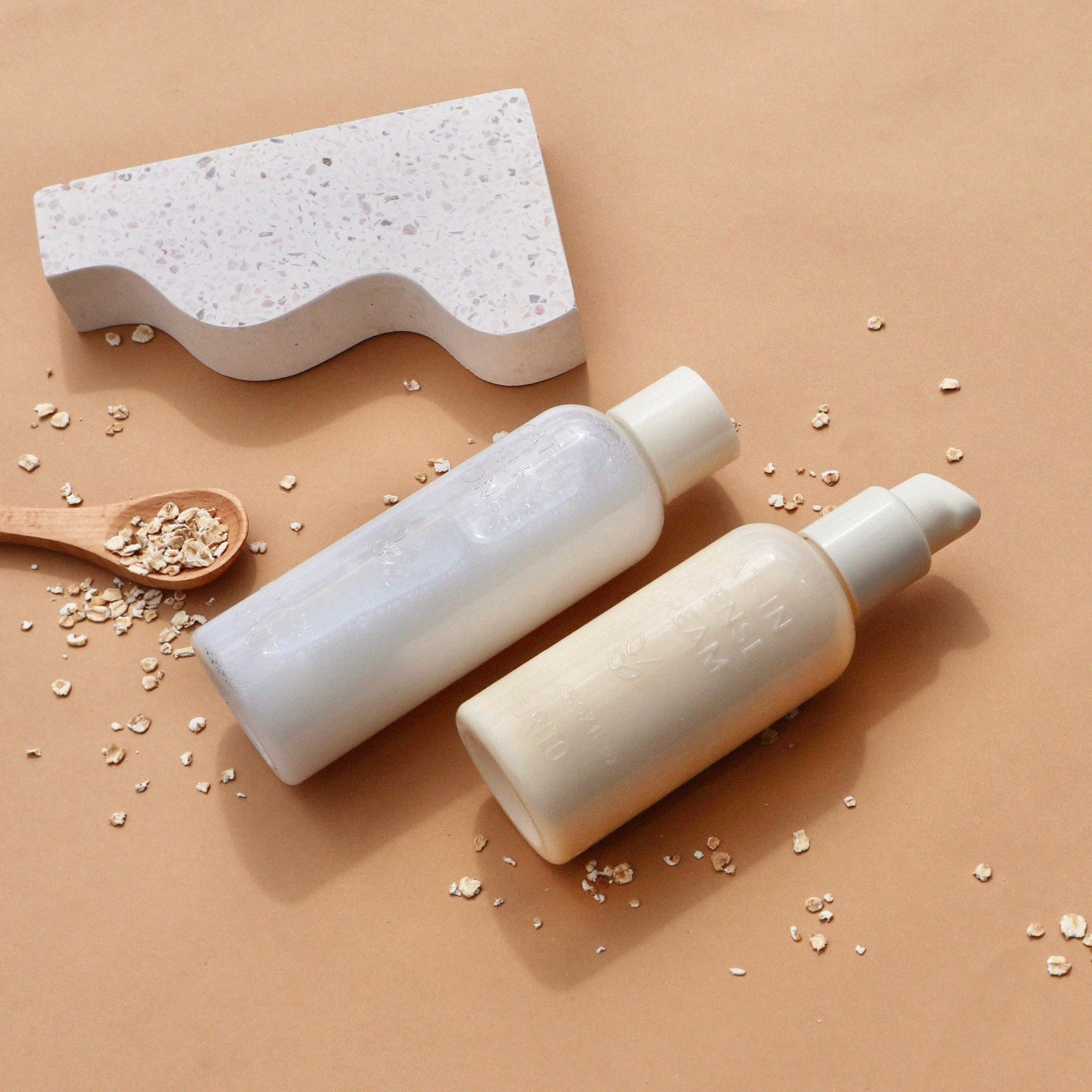
Leave a comment